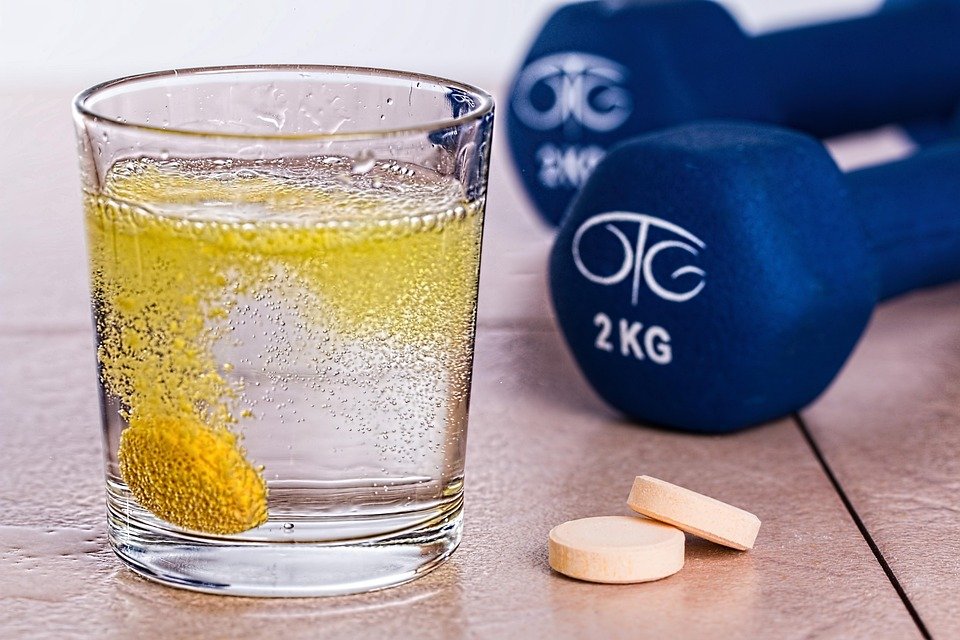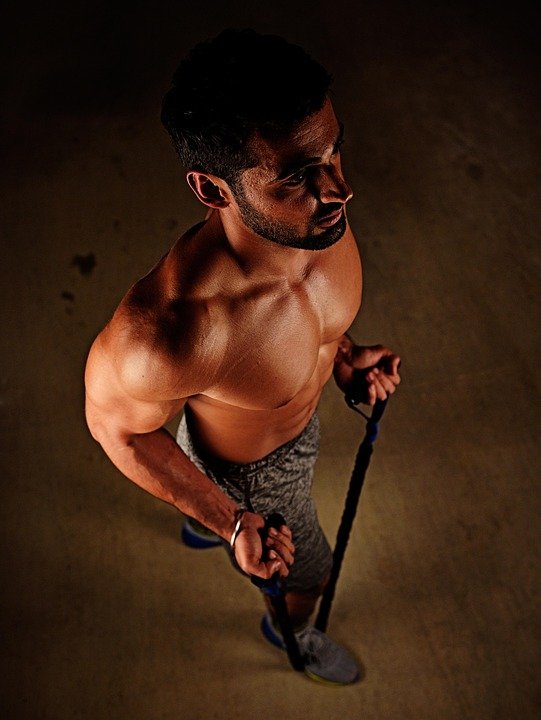[ad_1]
Rest and sleep are the cornerstones of muscle recovery, but elite athletes know that true performance gains come from going beyond passive recovery. With the rise of sports science, advanced techniques now help speed up healing, reduce soreness, and enhance adaptation—keeping them at peak condition. Here are the cutting-edge recovery methods that competitive athletes rely on.
1. Cryotherapy: The Deep Freeze Advantage
Whole-body cryotherapy (WBC) exposes athletes to extreme cold (between -200°F and -300°F) for 2-3 minutes. This triggers anti-inflammatory responses and may:
- Reduce muscle soreness
- Speed recovery between workouts
- Improve circulation
NBA star LeBron James and sprinter Usain Bolt have both used cryotherapy to stay competition-ready.
2. Compression Therapy: Enhanced Blood Flow
Dynamic compression devices like NormaTec boots or Pneumatic Compression Sleeves use pulsing air pressure to flush out metabolic waste and accelerate recovery. Benefits include:
- Faster removal of lactic acid
- Reduced swelling and muscle stiffness
- Improved range of motion
Tour de France cyclists and NFL players frequently use compression boots between training sessions.
3. Photobiomodulation (Red Light Therapy)
Also known as low-level laser therapy (LLLT), this technique uses specific wavelengths of red and near-infrared light to stimulate mitochondrial function, which helps:
- Reduce inflammation
- Enhance muscle repair
- Decrease oxidative stress
Olympic athletes and MMA fighters like Georges St-Pierre have incorporated red light therapy into recovery protocols.
4. Hyperbaric Oxygen Therapy (HBOT)
By breathing pure oxygen in a pressurized chamber, athletes increase oxygen saturation in tissues, which can:
- Accelerate healing of muscle tears
- Reduce fatigue and DOMS (delayed onset muscle soreness)
- Improve recovery from intense interval training
NBA legend Michael Jordan and NFL star Terrell Owens have used HBOT to recover from injuries faster.
5. Percussive Massage (Theragun, Hyperice, etc.)
High-frequency percussion massage guns deliver rapid bursts of pressure to:
- Break up scar tissue and adhesions
- Reduce muscle tension
- Boost blood flow for faster recovery
Tennis champ Novak Djokovic and Olympic swimmer Michael Phelps swear by percussive therapy post-training.
6. Contrast Water Therapy
Alternating between hot and cold water immersion forces blood vessels to expand and contract, helping to:
- Flush out metabolic waste
- Reduce inflammation
- Improve recovery time
This method is widely used by marathon runners and CrossFit athletes.
7. Advanced Nutritional Strategies
Recovery isn’t just about external techniques—athletes optimize their diets with:
information to be on Acquired Structures
GHK-Cu peptide – Promotes collagen synthesis and tissue repair.
Tart cherry juice – High in antioxidants to reduce post-workout soreness.
Collagen peptides – Supports joint and tendon recovery.
Conclusion
Passive rest is no longer enough for competitive athletes aiming for peak performance. By integrating advanced recovery methods like cryotherapy, photobiomodulation, and hyperbaric oxygen therapy with smart supplementation and compression techniques, they maximize repair and minimize downtime.
Whether you’re a professional athlete or a dedicated fitness enthusiast, adopting even one or two of these strategies can make a significant difference in your recovery—and ultimately, your performance.
Recovery isn’t just about resting—it’s about optimizing repair.
[ad_2]






